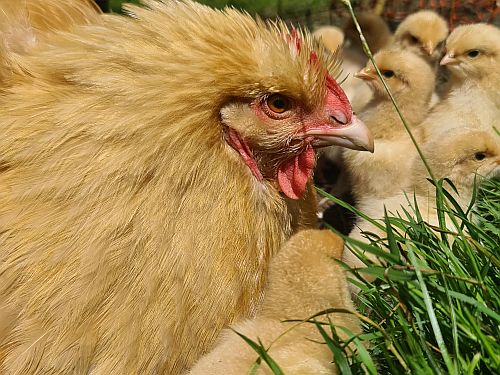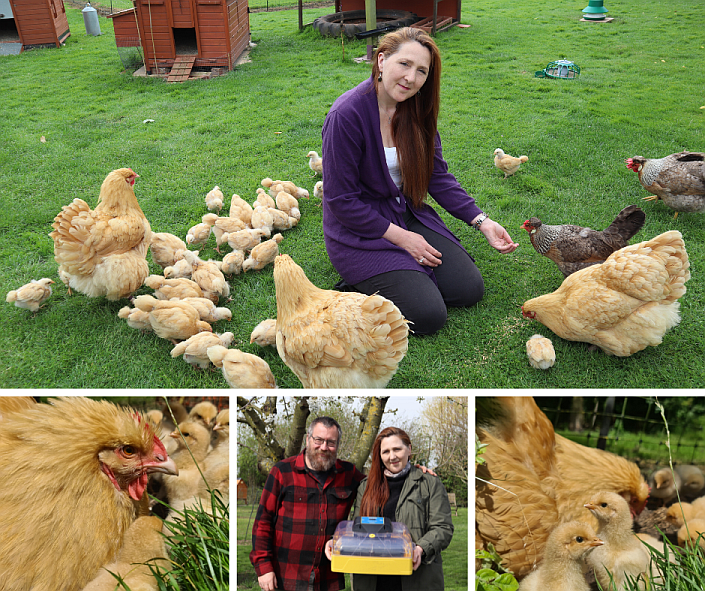Brinsea Incubators and Broody Hens - The Perfect Match!
Supporting a reliable hatching process with Brinsea incubators and broody hens.

Like many, we had a dream of living in the countryside, growing our own food, raising livestock, and embracing a simpler life. In 2009, we made this dream a reality by purchasing a cottage with enough land in South Lincolnshire. While the cottage needed significant renovation, it fit within our budget, and soon, we began our journey into rural life.
The Start of Our Chicken Breeding Journey
We always intended to keep a small flock of chickens, but we could never have imagined how much these delightful birds would become an essential part of our lives. We began with 7 hybrid egg layers, but soon expanded our flock after discovering the Buff Orpington breed. Known for their natural brooding abilities, Buff Orpingtons became the perfect choice for starting a small breeding flock.
Why We Use Brinsea Incubators to Support Our Broody Hens
Many people ask why we consider an incubator essential when we have broody hens. The answer is simple: broody hens are not always reliable. Their behavior is often dictated by their hormones, which means they don’t always stay on the eggs or care for them properly. This is where a Brinsea incubator becomes indispensable, offering reliable, controlled conditions to ensure successful incubation and hatching every time.
The Brinsea Ovation 28 Advance allows us to set the temperature, monitor humidity, and program turning intervals, making it the perfect companion to support our broody hens during the breeding season. We’ve found two main scenarios where the incubator is absolutely necessary:
- Young Broody Hens: In their first year, young hens may not fully understand that they need to cover all the eggs in a clutch. To mitigate this, we place a few eggs under the hen and keep the rest in the Brinsea incubator until we’re confident that the hen is settled and brooding well. Then, we transfer the remainder of the eggs back to the hen’s nest.
- Hatching Stage: When our broody hens are hatching their clutch, they typically remain in the coop for the first 21-22 days. However, after day 22, they may leave the nest, sometimes with eggs that are still pipped or partially hatched. In these cases, we have the Brinsea Ovation ready to safely complete the hatching process. Once the chicks have hatched, we return them to the hen by placing them under her wing during the night. With our Buff Orpingtons, this has always been successful.

A Growing Passion and Online Community
Today, we maintain a small breeding flock of Buff Orpingtons, with eight hens and one cockerel. During peak season, we’ve had as many as 80 chickens, with the sale of eggs and point-of-lay hens making the flock self-sustaining. As our experience grew, we were encouraged to share our knowledge through social media. This led to the creation of our YouTube channel, English Country Life, where we share “How To” videos for those looking to live a self-sufficient lifestyle. Our chickens play a prominent role in our content, and our channel has continued to grow, helping others embrace the joys of country life.
Fiona & Hugh Osborne, English Country Life

